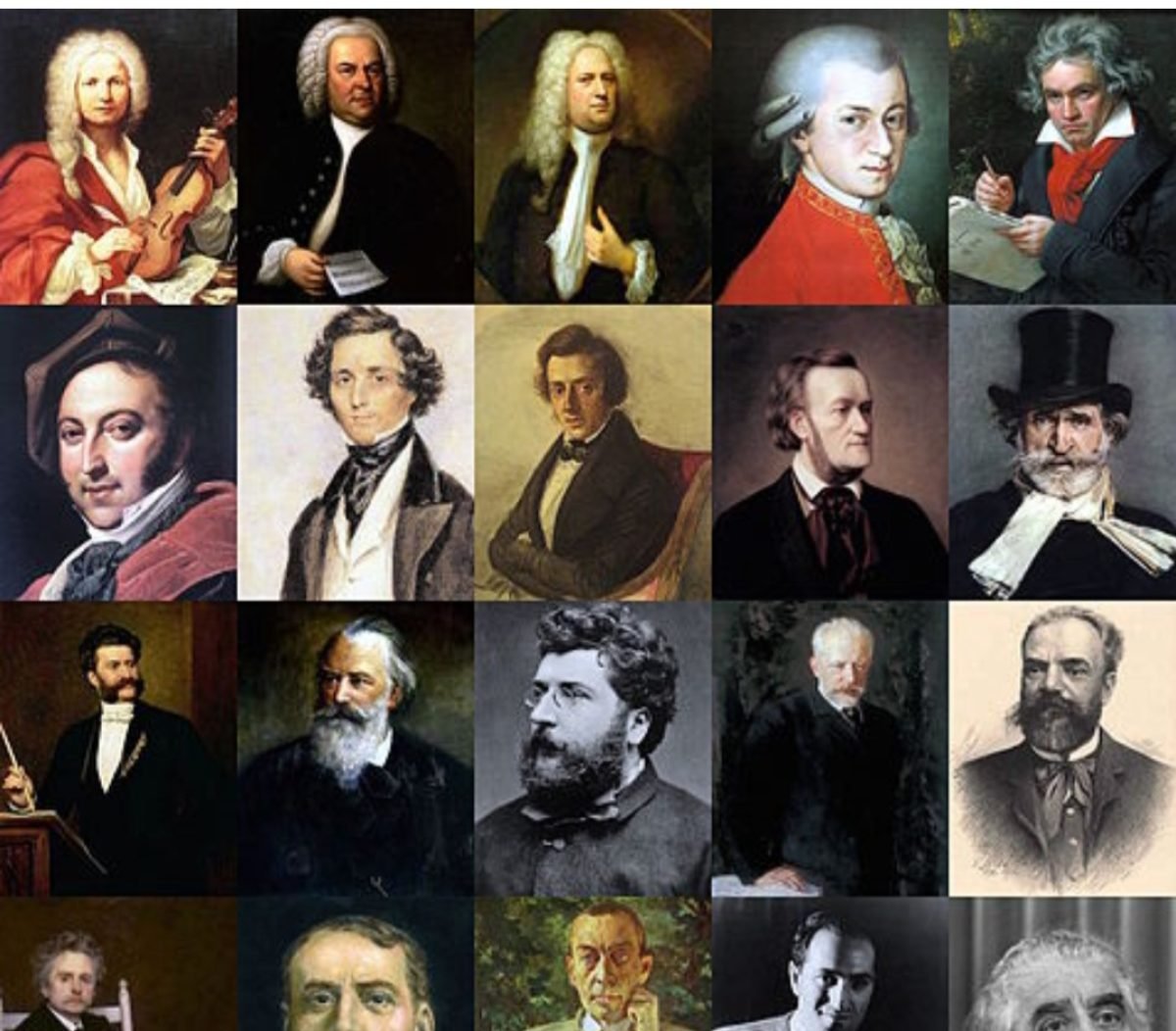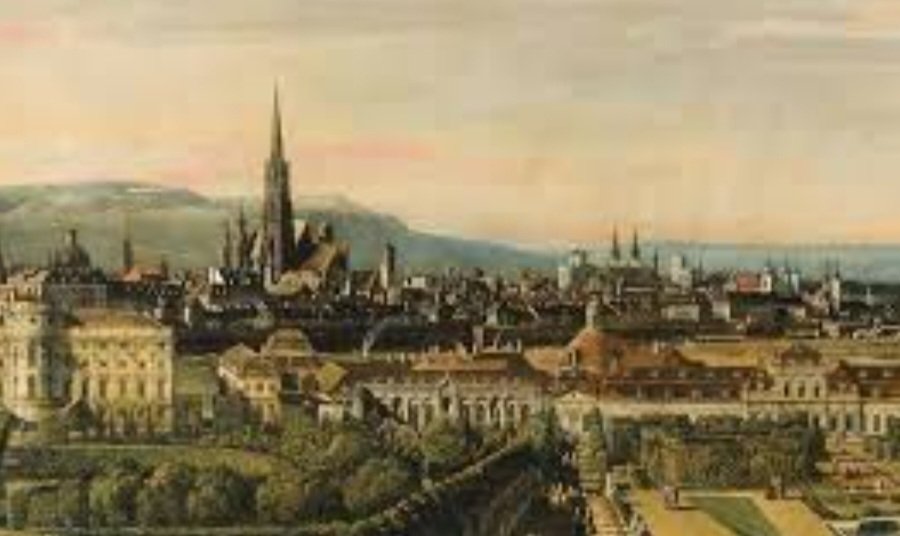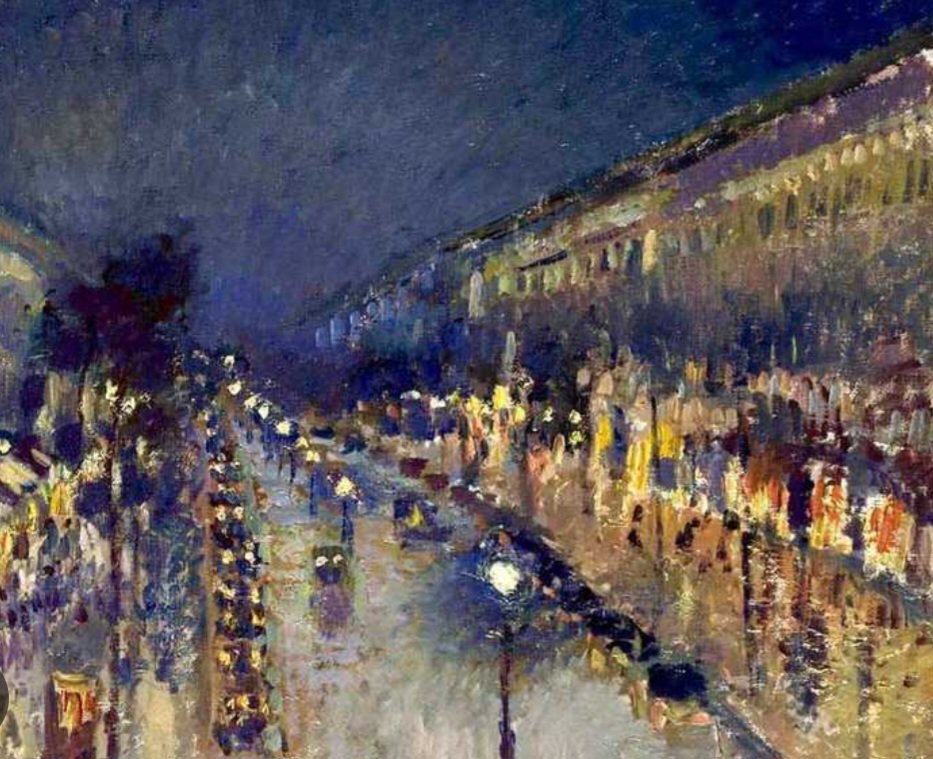
European music history is a journey through centuries of transformation, beginning with early sacred music and culminating in expressive, innovative styles that continue to influence today’s global soundscape. Here’s a chronological exploration of key European musical eras:
European music’s early roots lie in the Gregorian chants of the Medieval era, marked by monophonic, unaccompanied melodies sung in unison by monks and religious choirs. These chants, named after Pope Gregory I, were intended for meditation and reflection within the church, featuring a solemn tone and limited melodic range. Secular music, performed by troubadours, also gained popularity, introducing themes of love, adventure, and storytelling across the continent.

The Renaissance era brought innovations in harmony and texture, with composers like Josquin des Prez and Giovanni Pierluigi da Palestrina expanding the use of polyphony, where multiple, interwoven melodies created richer, more complex sounds. The Mass and motet remained key forms, while madrigals and dance music thrived in secular spaces. The invention of music printing spread compositions across Europe, fostering a shared musical language that elevated both religious and secular works.

Baroque music introduced expressive ornamentation, with composers like Johann Sebastian Bach, George Frideric Handel, and Antonio Vivaldi embracing dynamic contrast and technical complexity. New forms such as the concerto, sonata, and fugue emerged, showcasing virtuosic instrumental music alongside vocal masterpieces. Opera flourished, combining music with dramatic storytelling, while Baroque composers explored harmony and counterpoint, laying the groundwork for Classical ideals of balance and clarity.
The Classical period brought a shift towards simplicity, structure, and balance. Composers like Wolfgang Amadeus Mozart, Joseph Haydn, and Ludwig van Beethoven were key figures in this era, focusing on clarity of form and melody. The symphony and string quartet emerged as dominant forms, embodying the Enlightenment ideals of reason and order. Classical music’s elegance, refinement, and attention to form created a foundation for future styles while emphasizing emotional restraint.

Romantic music emphasized personal expression and intense emotion, with composers like Franz Schubert, Johannes Brahms, Frédéric Chopin, and Pyotr Ilyich Tchaikovsky crafting music inspired by literature, nature, and nationalism. Larger orchestras, more dramatic dynamics, and the development of programmatic music (pieces that tell a story or depict a scene) marked this era. Romantic composers embraced folk influences and drew on cultural identity, creating national styles that celebrated Europe’s diverse regions.
Impressionism in music, led by composers like Claude Debussy and Maurice Ravel, marked a shift from the emotional intensity of Romanticism to a focus on mood, color, and texture. Inspired by the Impressionist art movement, this style sought to evoke a sense of atmosphere and natural beauty through harmonic ambiguity, unconventional scales (like the whole-tone scale), and innovative orchestration. Debussy’s works, such as Clair de Lune and Prelude to the Afternoon of a Faun, used floating melodies and shimmering harmonies, avoiding traditional forms and structures to create a dreamlike quality. This movement, though short-lived, profoundly influenced modern music and encouraged future composers to break traditional rules.

In the 20th century, European music became a hub for avant-garde exploration, with composers like Igor Stravinsky, Arnold Schoenberg, and Béla Bartók pushing boundaries through atonality, dissonance, and new rhythmic patterns. Stravinsky’s The Rite of Spring and Schoenberg’s twelve-tone technique represented radical departures from tonal harmony. Jazz, electronic music, and rock further enriched Europe’s musical scene, as technology enabled entirely new genres and performance methods. Germany, in particular, became a birthplace for electronic music pioneers like Kraftwerk, who helped shape the global electronic music movement. Today, Europe continues to be a vibrant center of classical and contemporary music, with genres ranging from opera to techno.
European music’s evolution, from sacred chants to impressionist and modern expressions, mirrors the continent’s dynamic history and cultural depth. Each era introduced innovations that have left an enduring legacy, inspiring audiences worldwide and celebrating the power of music to transcend time.